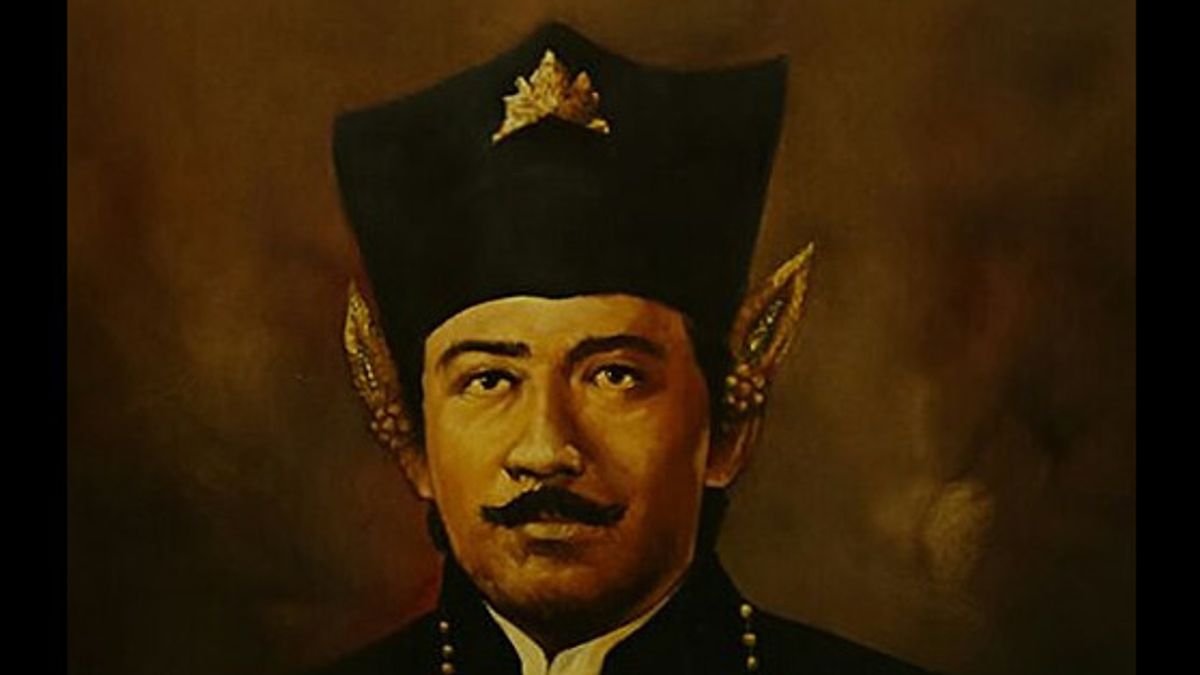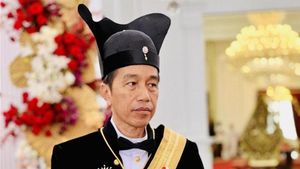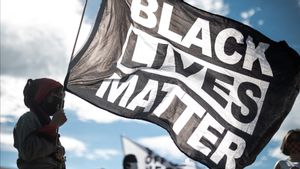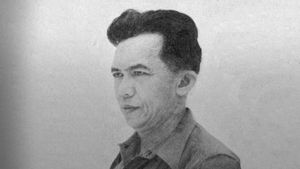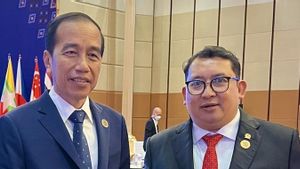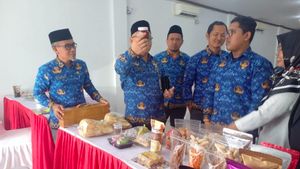JAKARTA - The island of Java has never run out of great figures of kings. This advantage has been going on since the royal era that breathed Hindu-Buddha to Islam. However, who is the person who has the right to hold the title of the Javanese King has never been a puzzle.
The most appropriate figure is the Sultan Agung from Mataram Islam. His life was filled with many wars. No one cannot be conquered by Agung, from Central Java to East Java. His powerful ambition made Sultan Agung dare to challenge the Dutch trading partnership, VOC.
The country of Japan may be proud to have a big figure like Odakah. The genius ruler of Owari was able to echo Japan's unification political campaign and succeeded. Indonesia did not want to lose. In the past, when Java Island had a figure who wanted to unite the whole of Java.
Susuhunan Hanakusuma or later known as Sultan Agung became a pioneer. The third ruler of Mataram has a political campaign to unite the entire island of Java. This wish is not just an empty message.
The figure, nicknamed the Netherlands, Agoeng de Grote (Big Agung), has been recorded as starting his mission to conquer the kingdom in Central Java and East Java since 1614. He began to control many areas in Java, footpaths after footpath.
The superiority of the fleet and the strategy of war became the estuary of his victory. Several times Sultan Agung often led his own army. He won one by one. He began to control Lasem (1616), Pasuruan (1617), to Tuban (1619).
The victory made the Sultan Agung want to control the strong Surabaya region. He considered Surabaya the way to control the whole of East Java. The war took place from 1620-1625. Instead of Surabaya alone, all Surabaya allies were successfully knocked out to Madura.
East Java and Central Java fell in their hands. The kingdoms of West Java, from Cirebon to Sumedang, are prohibited from following in the footsteps of other kingdoms loyal under the power of the Sultan Agung.
SEE ALSO:
This condition made Sultan Agung from Mataram the phenomenal King of Java. Even though he has not been able to fulfill his power by conquering the Sultanate of Banten.
However, Agung did not stop there. It is impossible for him to stop. After all, his kingdom relies on the superiority of his army. Agung's efficacy must always be demonstrated for fear that regional interests and strong people will try to be too free.
In 1627, Pati attempted to rebel and Agung oppressed him by causing heavy losses. The only thing that can shake his fragile kingdom is defeat; this is what he should avoid no matter how much he has to pay, "said historian MC Riclefs in the book History of Modern Indonesia 12002008 (2008).
Sultan Agung was not complacent with his power. He still has ambitions to control all of West Java Banten the main thing. Mataram's desire to control Banten is unbearable. Problems arise.
The Vasal of Banten's power, Jayakarta, has been controlled by the Company by turning it into Batavia from 1619. Sultan Agung's desire to attack Banten could not help but be disturbed. Because, the only way to conquer Banten is to beat Batavia first.
The option was tried by the Sultan Agung. As a result, Sultan Agung echoed the war to the VOC in 1628. Sultan Agung mobilized around 10 thousand troops to surround Batavia. They tried to make the city water shortage by stemming the river.
A strategy that is believed to be able to make the Company starving and exposed to disease. However, poor cannot be denied. Mataram troops who are not used to fighting with the Batavian-style fort strategy must bear shame.
The Mataram troops were starving and hit by disease due to urgent supplies. Sultan Agung was getting even more furious. He also began preparing for the second attack on Batavia in 1629. Supplies were also trying to be sent by sea.
The plan ended badly because the VOC fleet was big ahead of the oceans. The advantages of the Mataram war fleet mean nothing to the Company because of the chaotic supplies. Mataram troops were bomped from here and there. At its peak, the war against the Company was never won by Mataram.
Perhaps the only victory for the Sultan of the Great was the death of the basic plate of colonialism in the archipelago, Jan Pieterszoon Coen during the second siege. According to Dutch records, Coen died from a tropical illness, not being killed by Mataram. The narrative did not shake the title of the King of Java to the Sultan of Agung.
Sultan Mataram is furious, then launched an attempt by both of them to send larger troops to surround the city. Once again, Java cannot provide supplies for its troops. Because the roads in the area are very bad, they must send supplies by sea, and the superior VOC naval fleet ensures that the supplies will not reach Javanese troops.
The Pungung forces were forced to withdraw and lost many of their members due to hunger on their way back to Mataram. At that time, the Dutch did not celebrate because their leader, Jan Pieterszoon Coen, died from tropical disease in 1629 while the siege was still ongoing, "said Susan Blackburn in the book Jakarta: 400 Years History (2012).
The English, Chinese, Japanese, Arabic, and French versions are automatically generated by the AI. So there may still be inaccuracies in translating, please always see Indonesian as our main language. (system supported by DigitalSiber.id)
